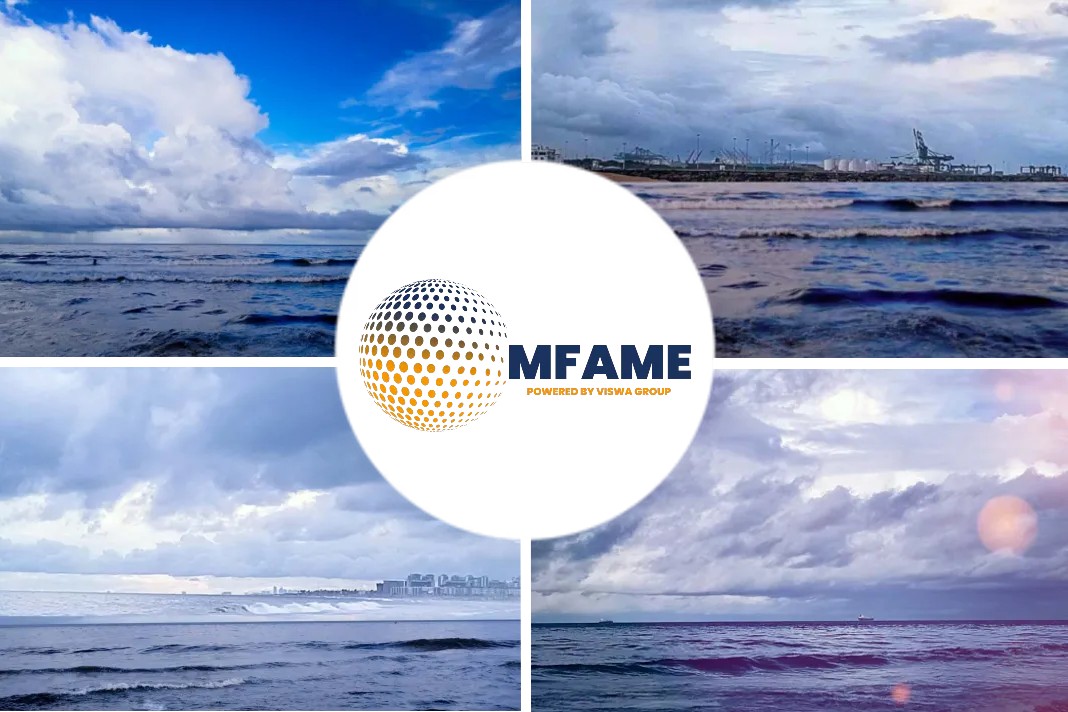- All options remain on the table for reducing CO2 emissions from the maritime sector, a European Commission official said April 29.
- Political decisions are needed for the inclusion in EU carbon market.
EC is finalizing the impact assessment for shipping regulations, reports S&P Global Platts.
EC’s Expected Legislative Proposal
The comments come ahead of an expected legislative proposal by the EC in June to address shipping emissions using carbon pricing policy, which could include expanding the EU Emissions Trading System to include the sector.
Finalizing Plan Assessment
“Our plan is to propose a basket of seven measures. This is because there is no silver bullet to deal with maritime emissions. The EU ETS is only one of those,” said Maja-Alexandra Dittel, deputy head of unit, international carbon markets, aviation and maritime at the EC’s DG Climate Action.
“Any proposal by the Commission is preceded by an impact assessment and that’s currently in progress,” she said in a webinar hosted by the International Emissions Trading Association.
“The EC is still finalizing its impact assessment. We are not in a position to say exactly what we will come forward with. Political decisions are needed on this,” said Dittel, who confirmed that the planned June timeline still stood for the legislative proposals.
EC’s Measures & Policies
The basket of measures includes carbon pricing policies and the “FuelEU Maritime” initiative, which aims to increase the use of sustainable alternative fuels in European shipping and ports.
Within the carbon pricing approach, the EC is considering four main policy options: expanding the EU ETS to include CO2 emissions from shipping; creating a separate ETS for the transport sector; a tax on shipping emissions; and a combination of emissions trading and complementary measures, she said.
Carbon Reduction Factors
Including shipping in the existing EU ETS would provide shipping operators with more flexibility by allowing them to reduce emissions in other sectors, she said.
By contrast, a closed ETS for shipping alone would probably need a much higher carbon price because shipping is considered a hard-to-abate sector where cleaner fuels remain much more expensive than conventional heavy fuel oil at current economics, Dittel said.
Carbon taxes, on the other hand, are effective at raising revenue, but cannot guarantee emissions reductions for the shipping sector, she said.
Shipping activities to or from ports in the European Economic Area account for about 11% of all EU CO2 emissions from transport and 3-4% of total EU CO2 emissions, according to EC data.
Shipping Inclusion Options
If the EC narrows down the options to inclusion of shipping in the EU ETS, many design features would need to be considered, Dittel said, such as: who would be the regulated entity; what will be the tonnage threshold for a ship’s inclusion; and whether the scheme would be limited to intra-EU routes only or include routes to and from third countries.
While considering these various options, the Commission is seeking to keep certain principles in mind, including the need to maintain a level playing field on carbon pricing and keeping the administrative burden on industry as low as possible, she said.
ZeroLab Head’s Comments
Martin Prokosch, vice president and head of ZeroLab at deep sea shipping owner and operator Torvald Klaveness, said the industry is already starting to face challenges to decarbonize now, and these are likely to increase over time.
“The EU ETS is a good start and much better than nothing,” he said during the IETA webinar.
“The market alone will not be able to deliver economically viable low-carbon shipping and that’s why we need a regulatory framework for carbon emissions,” he said.
ZeroLab is the company’s specialist unit tasked with identifying and commercializing new business opportunities linked to decarbonization of shipping supply chains.
Views On Shipping Integration
“We have some views on how shipping can be integrated. One of them is that carbon prices need to be sufficiently high and stable. As a company we think that it cannot be directly linked to the existing scheme [EU ETS] because you need a price of about Eur100/mt,” he said – just over double the current EU carbon price of around Eur48/mt.
“If we would see something from the International Maritime Organization on a global carbon price, we would have a different view. But we don’t see anything like that at the moment,” he said.
“We need a meaningful carbon price because we need decarbonization by 2035. A global system would be better, but a regional EU system is preferable to no system at all,” said Prokosch.
“Shipping is so efficient as a way to transport goods that companies will still do it even with a very high carbon price,” he said.
Demand for Ammonia
Looking further out, ammonia is seen as a potential candidate for a future low-carbon fuel for large ships, he said.
“Companies doing that in the next five years need to be incentivized to make those investments in technology that is more expensive,” he said, noting that some estimates peg ammonia at about three times the price of conventional heavy fuel oil.
In April, six shipping companies joined forces to conduct a feasibility study into setting up a supply chain to provide green ammonia for ship-to-ship bunkering at Singapore, the world’s largest bunkering port, according to an S&P Global Platts special report on shipping and emissions regulations released April 20.
Did you subscribe to our daily newsletter?
It’s Free! Click here to Subscribe!
Source : S&P Global Platts
















